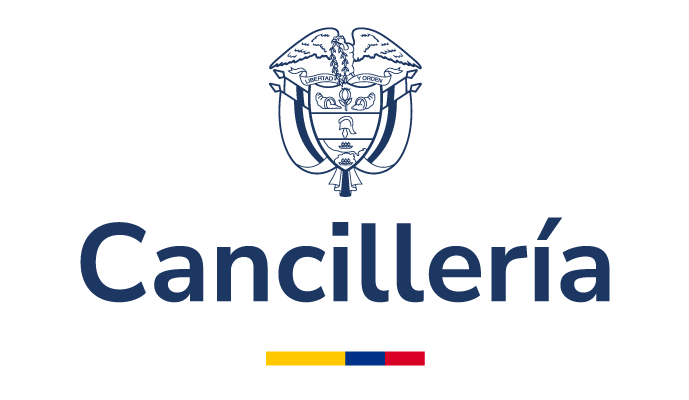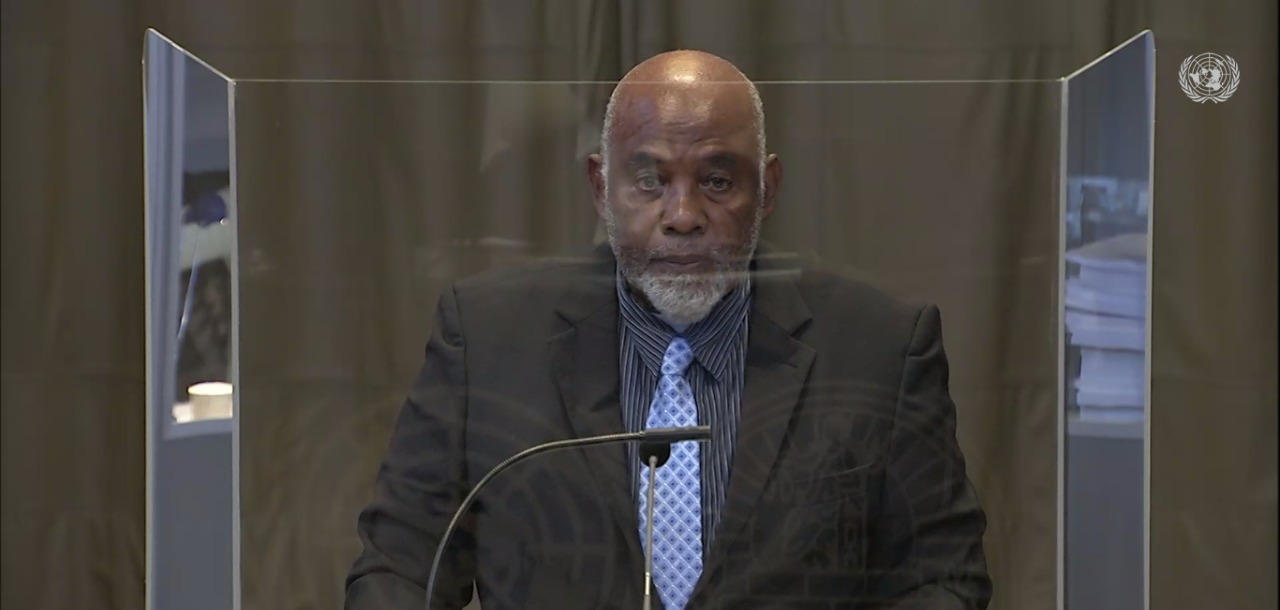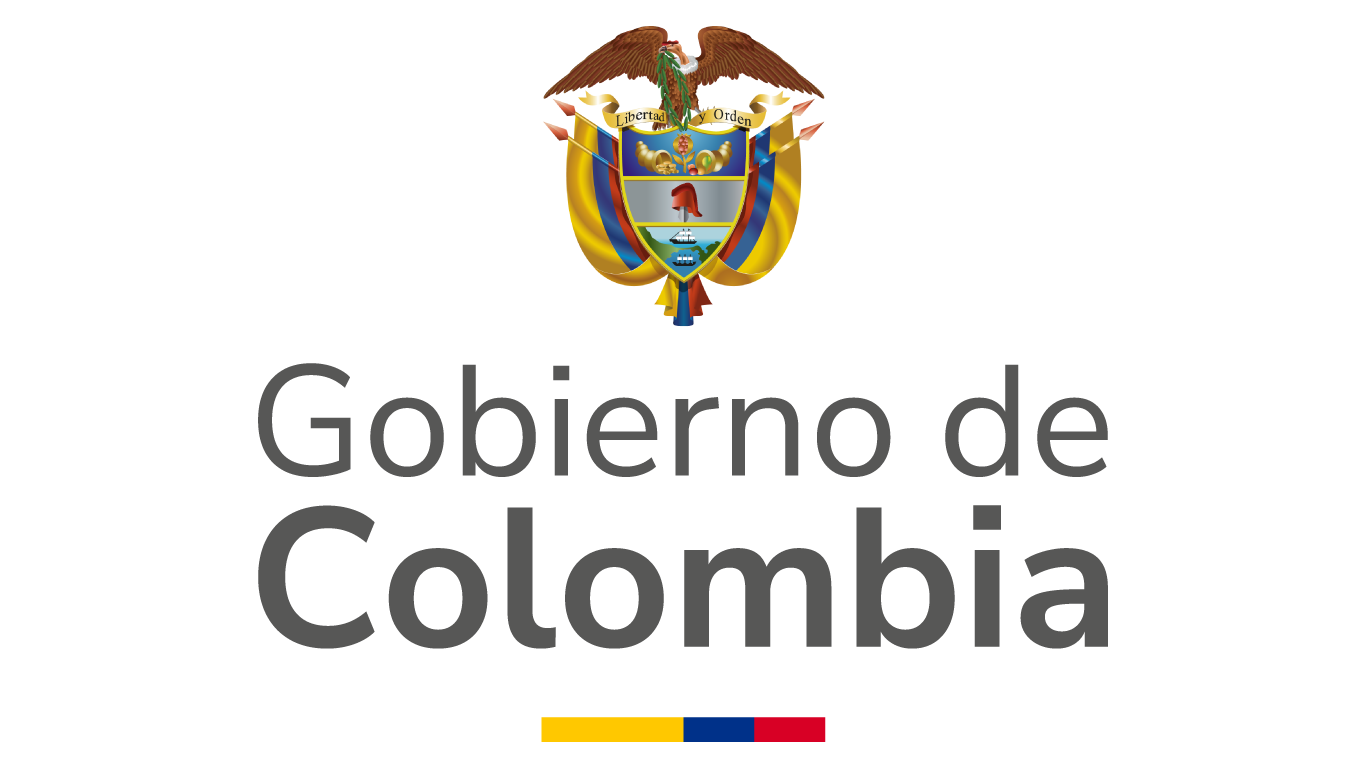Madam President, distinguished Judges, it is an honour to appear before the principal judicial organ of the United Nations, and to do so as a member of Colombia’s legal team in this important case.
Colombia’s Co-Agent has just outlined Colombia’s response to the arguments that Nicaragua has advanced during these proceedings and the basic elements of Colombia’s counter-claims. In my brief presentation, I will describe the human, historical, social, and environmental context which informs the various elements of this case, and which need to be taken into account when assessing the claims and counter-claims of the Parties.
Both claims and counter-claims involve matters relating to the Southwestern Caribbean Sea. The Court’s decision in this case, will have an important impact on the people that inhabit this area.
The name Raizales comes from the word “roots” in Creole . For almost 400 years, the Raizales have inhabited and derived economic sustenance from the Archipelago of San Andrés and the associated maritime areas.
The Raizales from the Archipelago of San Andrés, Providencia and Santa Catalina are Colombian. And within Colombia’s diversity they are also Caribbean people, whose lives are intimately connected with the sea.
The Raizales depend on traditional fishing rights extending over large maritime areas at issue in this case. This is a clear Colombia’s first counter-claim. Because of that dependence on the sea, the Raizales livelihood can only be preserved if the maritime areas are protected and conserved without being subject to harmful and destructive fishing practices.
Over the centuries, the Raizales have established a stable community with footprints in the Archipelago of San Andrés, Providencia and Santa Catalina. But not only there. The Raizales’ movements throughout the region have never been constrained.
When the Dutch arrived in the Archipelago, they established commercial relations with the inhabitants of the Mosquito coast. Also, in the first decades of the seventeenth century, the English arrived. Then there was a mixture of indigenous people from the Caribbean, together with enslaved Africans, and British, Dutch, French, German, Spanish, and Chinese, among others. Currently, the Raizales are mostly Creole – black kriols to be more precise.
African men and women were brought in large numbers to the Archipelago through enslavement – owing to the customs of human trafficking of the time. But in many aspects (language, religion, customs) the British markedly influenced the Raizales. Hence the Puritan heritage.
Almost 200 years ago, when the United Kingdom ended the trade of slaves, a son from the island of Providencia, Philip Beekman Livingston Jr., of British parents, in his early twenties, also began, in 1834, a campaign for the emancipation of blacks in the area, which included the Mosquito coast and the Corn Islands. He freed the slaves from his family, giving them property and land, instructing them to read, write and in mathematics, as well as organizing entrepreneurial activities for their own benefit. His acts of humanity influenced others to also emancipate all those enslaved on the islands.
The Raizales then began planting coconut for export to the United States of America. Other products, such as bird eggs and guano, were also of economic interest. But the main livelihood for the Raizales has always come from the sea.
For the Raizales the sea is home, shelter, livelihood, and support. The Raizales have worked the sea as artisanal fishermen and sailors. While based in the islands of the Archipelago, they have always maintained contact with the continent and with other islands in the Caribbean.
The Raizales generally navigate without having sight of land, with minimal instruments for this purpose; this is part of the ancestral knowledge of the Raizal people. The Raizales have always sailed and enjoyed the products of the sea without any restriction from the political limits established by man.
The sea is a vital space for the Raizales, a trade route for Creole peoples in the Southwestern Caribbean. It is their economic heritage.
The sea is also their cultural heritage. In fact, followers of the Raizales’ faith are baptized in the sea. It is a cemetery for those who left and have not returned. It is the source of true and fictional stories, of tales, of fables, of adventures, of amusement and sadness. As the Raizales says: it is a gift of God.
The habitat of the Raizales is formed by islands, islets, cays, atolls, and banks. These range from San Andrés and the islands in its proximity which include South-South-West Cays and East-South-East Cays to the islands of Serranilla and Bajo Nuevo; passing through Roncador, Serrana and Quitasueño; and the islands of Old Providence and Kathleena. This habitat is an essential part of the Raizales’ history, their livelihood, their culture.
Madam President, distinguished Judges,
The sea provides the Raizal people and the people of the Archipelago with food security. The banks and areas that are traditionally fished are reference points that are essential to the Raizales’ livelihood and habitat. They include banks close to the Colombian islands. They also include, but are not limited to banks farther out, such as Luna Verde, Cape Bank, Julio Bank, North East Bank and Far Bank. These are much more than 12 miles from the coast, and since 2012, problems have arisen for the Raizales when they sail to fish in these areas. Eduardo Valencia-Ospina will address these matters in detail.
The Raizales are artisanal fishermen who use environmentally friendly techniques such as “handlining” and “breath-hold diving”. These are sustainable methods and practices geared to the special characteristics of the Western Caribbean maritime area. By contrast, other methods, such as fishing with divers who use scuba tanks, oxygen compressors, or explosives, cause serious harm.
Unsustainable extraction of marine resources is a threat to all communities’ survival, and specially the Raizal people. International developments such as Sustainable Development Goal 14, which calls on States to conserve the oceans, seas, and marine resources, are very much in line with the Raizales’ ethos and traditions.
Also, because of its importance, the protection and preservation of the sea with its fisheries, is engrained in the Raizales’ fishing practices. The Raizales participated in promoting the designation by UNESCO of a world biosphere reserve – the Seaflower Reserve.
The maritime spaces covered by the Reserve also contain one of the most extensive coral reef ecosystems on the planet. The Reserve took its name in honour of The Seaflower, a ship that carried some of the first Britons to settle on the island of Providencia. The Seaflower had a sister ship: the Mayflower – whose history is well known. Professor Boisson will address in detail the importance of the environment for this case.
Your excellencies, as we have said, the Raizal people of San Andrés, Providencia and Santa Catalina have a natural bond with the sea: they live off it and consider it part of their natural habitat. Any restrictions of their historical and cultural traditions would have a significant and negative impact on their way of life and identity.
Madam President, distinguished Judges: I thank you for your attention and I would be grateful if the floor could now be given to Sir Michael Wood. Thank you.











